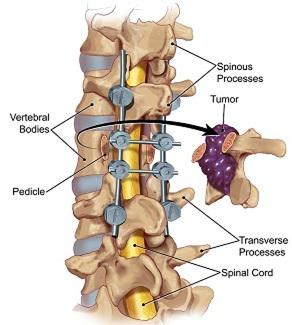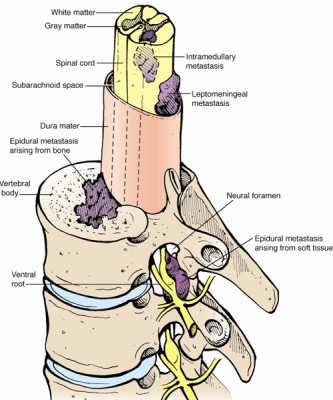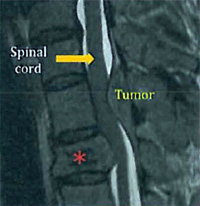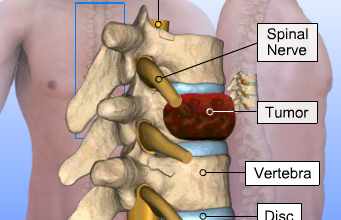The Hong Kong Minimally Invasive Brain & Spine Neurosurgery Centre has top specialists who treat complex neurological conditions caused by stroke, tumors, hernias, injuries, and traumas. Each day our skilled neurosurgeons perform dozens of complicated surgeries, saving people’s lives and helping them to restore their health. Thousands of patients go through the doors of our neurosurgery center every year which gives our excellent team of surgeons unparalleled expertise and ability to guarantee exceptional results to all of the patients.
If you are looking for an excellent neurosurgery clinic in Hong Kong, you have come to the right place. Fill in the online form to make an appointment with one of our specialist and start your journey to a healthy and happy life!
Initial stage of treatment is drug therapy for one or two months. The effectiveness of drugs in controlling the pain can help clinical diagnosis. But medications can only be a temporary solution, not a permanent cure for the true cause of trigeminal neuralgia that is: external factors compressing on the nerve and make it short-circuit.
Brain tumors can be subdivided into non-cancerous benign tumor and malignant cancerous tumor. If a tumor is originated within brain compartment ......
Tumors can develop in the vertebrae, nerves, and other tissue throughout your spine. Some spine tumors, such as astrocytomas, occur more commonly in children and adolescents......
Given the disease burden of strokes, prevention is an important public health concern. As stroke neurosurgeons, we do not want to treat stroke unless we are forced to do so for acute stroke ......
Brain tumors grow and compress normal brain tissue. Both benign and malignant tumors can cause swelling of the brain and raised intracranial pressure. Headache, dizziness....
We are a medical group consists of experience registered nurses of neurosurgery training and experience neurosurgeons who subspecialized in skull base, spine and neurovascular surgery.
For decades, we have been treating stroke patients and patients with other brain and spine problems in both public sector and private sector in Hong Kong.
We also provide 24 hours emergency medical advice, assistance and treatments.
Apart from taking care local patients in Hong Kong, we also serve patients in Macau, Mainland China and other countries by providing emergency medical services, including Distant Tele-medicine Advice, international medical rescue and evacuation, arranging medical air-transfer or ground-transfer, medical escort, etc.
Kowloon - Unit 1107, Grand Centre, 8 Humphreys Avenue, Tsim Sha Tsui, Kowloon (MTR T.S.T. Station A2 Exit) Contact no: 2367 6116
Central - 18/F, Euro Trade Centre, 13-14 Connaught Rd Central, Central, Hong Kong (MTR Central Station A Exit) Contact no: 2367 6116
|
The spine, also called the backbone, is a flexible column of linked bones (vertebrae), muscles, tendons, and other tissues that extend from the base of the skull to the tailbone. It includes three protective membranes that encase the spinal cord and the fluid surrounding it. The spine provides structural support for the body and facilitates movements such as twisting and bending. The column of nerves in the spinal cord transmits signals to the brain to control movement, sensation, and bladder and bowel function. Tumors can develop in the vertebrae, nerves, and other tissue throughout your spine. Some spine tumors, such as astrocytomas, occur more commonly in children and adolescents Fewer than 10 percent of spine tumors begin in the spine. These tumors, called primary tumors, may be benign or low-grade, malignant growths that are slow growing, or high-grade tumors that grow very aggressively. The vast majority of spine tumors are metastatic. These tumors arise from cancer that begins in another part of the body, such as the lungs, breasts, colon, prostate, kidneys, or thyroid gland. Sarcomas – cancers of the bone, muscle, or connective tissue – can also spread to the spine. |
 |
 |
Spinal MetastasesMost primary and metastatic spine tumors are epidural tumors. These tumors grow in the bones of the spine. As they grow, they can compress the spinal dura – a thick sac that contains the spinal cord, nerve roots, and spinal fluid.
Nerve plexus tumors such as neurofibromas and ganglioneuromas occur next to the spine in the nerve plexus, a network of intersecting nerves that transmits signals from the brain to the arms or legs. |
As a spine tumor grows, it can replace bones or compress nerves, resulting in compression fractures or reduced blood supply to the spinal cord. Often, the first symptom of a spine tumor is the pain caused by these changes. The time of day at which the pain occurs can provide important information about the tumor.
Pain that occurs mainly when you are moving – mechanical pain – usually means that the tumor is causing weakness or instability in the bones of the spine.
Pain experienced primarily at night or in the early morning that lessens with movement is often an early sign that the tumor has spread. This is because your adrenal gland, which makes steroids during the day to help prevent inflammation, becomes less active when you are sleeping.
Spine tumors that are close to major nerves can disrupt the nerves’ ability to receive and send messages between the body and the brain. This can cause neurologic symptoms such as:
Tumors within the spinal cord generally cause detectable symptoms, while spinal tumors outside of the cord may develop for some time before symptoms emerge. Common symptoms include:
The first test to diagnose brain and spinal column tumors is a neurological examination. Special imaging techniques such as computerized tomography (CT), magnetic resonance imaging (MRI) and positron emission tomography (PET) are also performed.
Laboratory tests include the electroencephalogram (EEG) and the spinal tap. A biopsy, a surgical procedure in which a sample of tissue is taken from a suspected tumor, helps doctors diagnose the type of tumor.
Getting an accurate diagnosis for a spinal tumor is very important. It helps your doctor plan your care and may help increase the chance of successful treatment.
If you have symptoms that may signal a spinal tumor, your doctor (Neurosugeon) will examine you and ask you questions about your health, your lifestyle and your family medical history.

